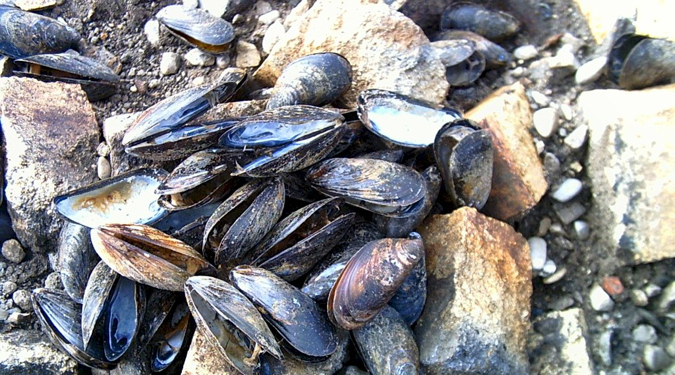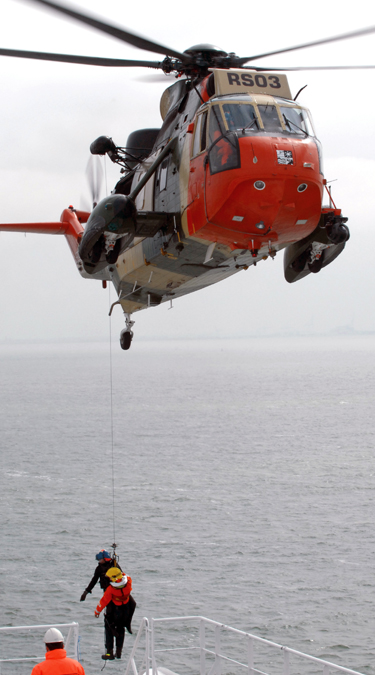There is no need to be afraid of the jellyfish you will find along our coast. Most of these are not dangerous.
Four types can be spotted regularly along our coast:
Moon jellyfish: has a white pattern on its hood in the shape of four little 'ears'. This jellyfish does not cause skin irritations. Appears during spring and early summer.
Blue jellyfish: typically found during spring. This type of jellyfish can sting.
Compass jellyfish: Most common jellyfish in summer. Has a brown, compass-like pattern and long tentacles. Is likely to cause severe skin irritation.
Barrel or rootmouth jellyfish: large, blue jellyfish which appears during late summer and autumn. This jellyfish does not have tentacles and will not cause skin irritations.
The Lion's mane jellyfish also used to visit our coast during summer. They can measure up to half a metre. Usually this jellyfish is yellow, but red-coloured species also exist. These jellyfish can cause nasty stings. It has been a few years since they were last seen on our coast.
The word 'jellyfish' is a misnomer, since jellyfish are not actually fish, but plankton. They cannot swim, they float along with the tides and the wind, sometimes washing ashore. Jellyfish feed off little fish and planktonlike animals which end up between their tentacles.
Jellyfish are composed of more than 95% water with a membrane around it. That's where the name 'jelly'fish comes from. They have a sort of 'hood' with tentacles attached to it. Under the hood is a cavity serving both as mouth and stomach.
There is still a lot to learn about these animals. Scientist carry out research into the biology of jellyfish and try to scientifically forecast strandings.
You can help them by reporting information on observations of jellyfish along the Belgian coast. Send your message to kwal@natuurwetenschappen.be(limited number) or mrcc@mrcc.be (massive number).
You can also download a form to report your observation on http://www.mumm.ac.be/EN/Management/Nature/strandings.php.
Read more on being stung by a jellyfish
Thanks to: Francis Kerckhof, RBIN/OD Nature



 It is possible to do so, but keep in mind that a safety distance of 500 metres has been established. No vessel can approach a windmill park closer than 500 metres.
It is possible to do so, but keep in mind that a safety distance of 500 metres has been established. No vessel can approach a windmill park closer than 500 metres.

 Bird, covered in oil
Bird, covered in oil In case of an incident at sea, the Maritime Rescue and Coordination Centre (MRCC) in Ostend comes into action. They are responsible for Search and Rescue (SAR) operations. Het
In case of an incident at sea, the Maritime Rescue and Coordination Centre (MRCC) in Ostend comes into action. They are responsible for Search and Rescue (SAR) operations. Het 


 The Belgian coast has a so-called microclimate. This means that the weather on the coast differs from the weather in the rest of the country. The sun shines more often and globally speaking, it rains less. On the other hand, in the summer temperatures are less high and there is more wind. The agency for Maritime Services and Coast (
The Belgian coast has a so-called microclimate. This means that the weather on the coast differs from the weather in the rest of the country. The sun shines more often and globally speaking, it rains less. On the other hand, in the summer temperatures are less high and there is more wind. The agency for Maritime Services and Coast (
 On the website of
On the website of 
 Not necessarily. Healthy seals need their daily dose of sun. It is important that they can rest, so do not get to close to them and keep dogs on a leash, so as not to disturb the seals.
Not necessarily. Healthy seals need their daily dose of sun. It is important that they can rest, so do not get to close to them and keep dogs on a leash, so as not to disturb the seals.
